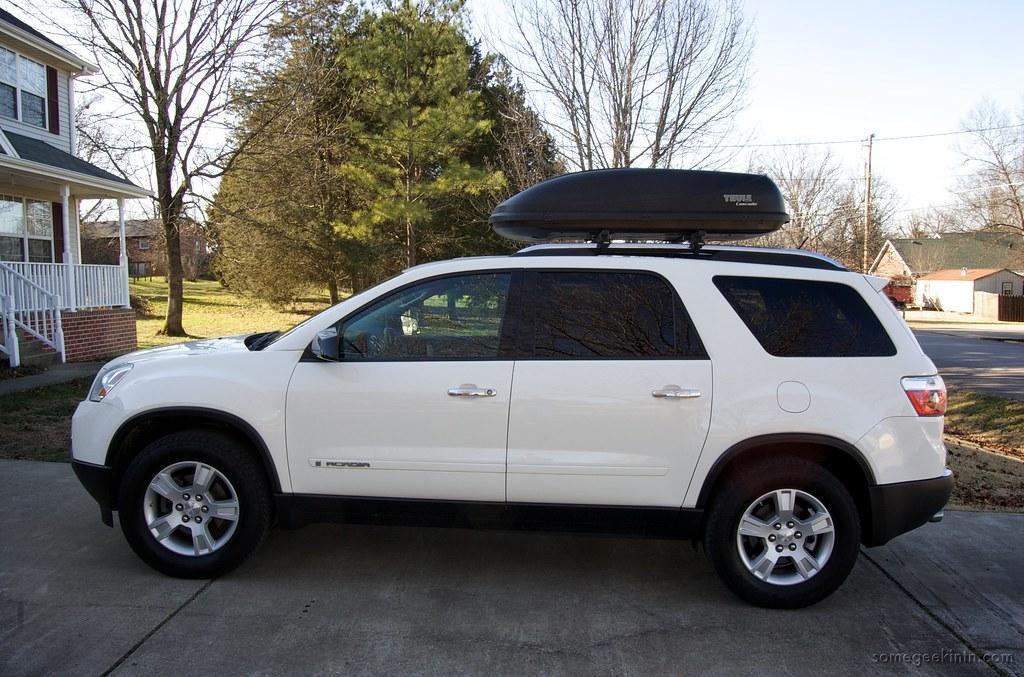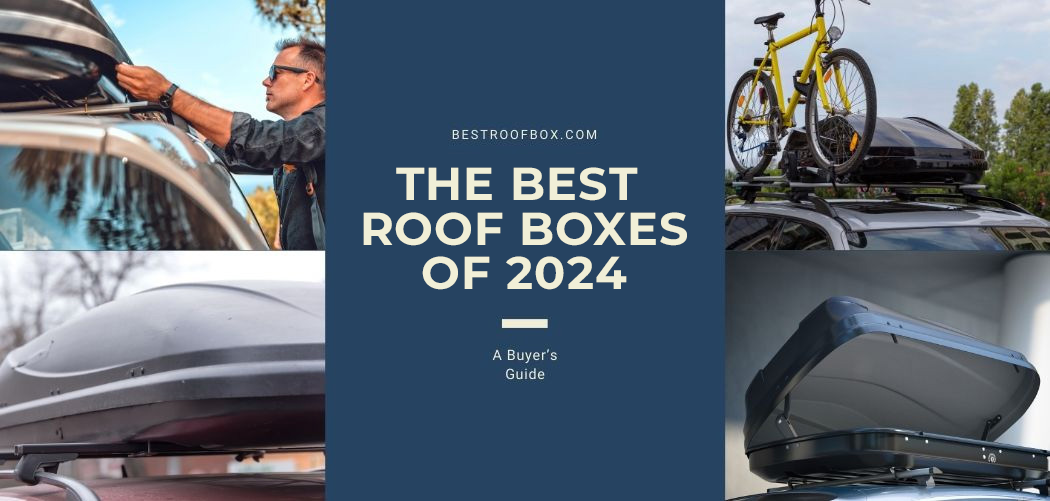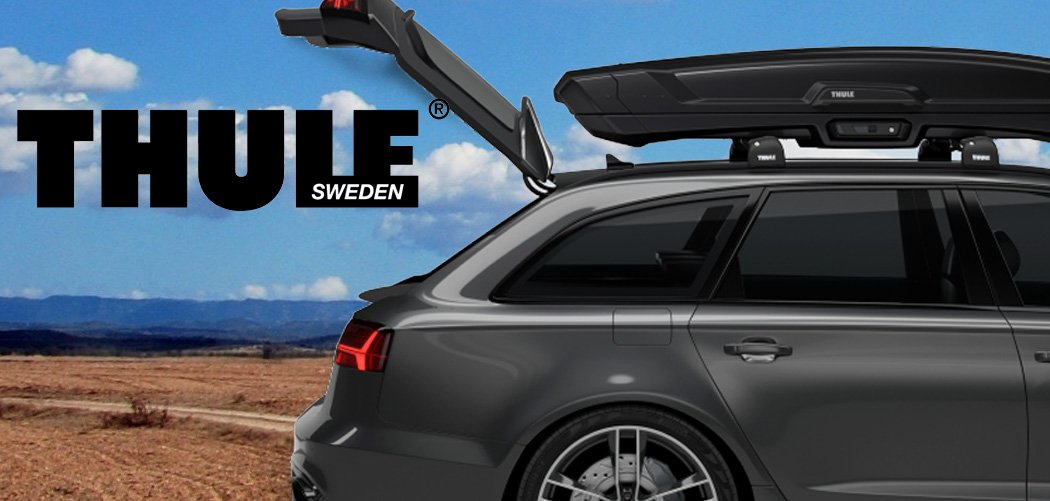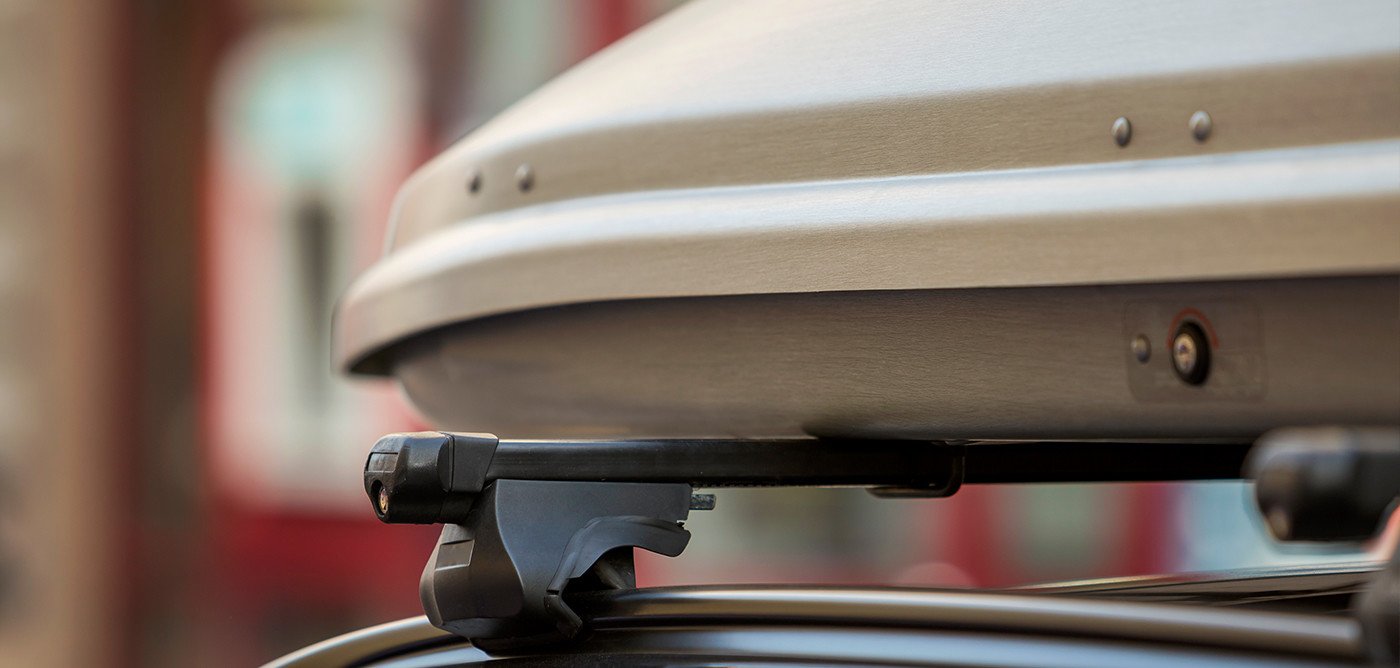The short answer is no. We’ve listed a few reasons why it’s not ideal to drive with an empty roof box on your daily commute below.
If you’ve chosen to install a rooftop carrier to the roof of your vehicle, you likely already know how convenient this product is because after all, it leaves you with extra storage space for everything from snowboards to fishing rods and suitcases to tents. Roof boxes are usually attached one of two ways: by either strapping them onto the top of the vehicle or attaching them directly to an already-installed roof rack.

Since roof boxes can be a bit cumbersome to install and remove – at least until you get used to them – many people are tempted to leave theirs on at all times to make things more convenient for them, but if you’ve ever wondered, should you travel with an empty roof box on your daily commute, the answer may surprise you.
Table of Contents
The Advantages to Having a Roof Box Installed on Your Vehicle

First, let’s talk about the advantages of having a roof box installed on your vehicle. Roof boxes offer extra storage space for your vehicle, ranging from 9 cubic feet of space to 20 cubic feet and sometimes more. So, they truly go a long way in helping you get more space in the trunk of your car and even the backseat area.
But, is it really a good idea to keep the roof box on 24/7 just so you don’t have to remove it whenever it isn’t being used? Although the answer may vary depending on which expert you ask, many experts answer this question with a resounding “no,” and there are many reasons for this.
Just a Few Things to Consider
Roof boxes are more advanced and well-made than ever before, and one of their biggest perks is their aerodynamic design, which helps reduce the wind resistance that can put a strain on your engine and make for lower gas mileage.
Although most roof boxes offer better wind resistance than they did in the past, there will always be at least a little drag and wind resistance, so when you leave the roof box on your vehicle day in and day out, you are almost guaranteed to spend more on gas than you would if your roof was bare.
Simply put, even the roof boxes that have the most streamlined and advanced designs will still put a strain on your car’s engine, and this applies whether the roof box is empty or full. A decrease in your gas mileage numbers is perhaps one of the biggest drawbacks to keeping your roof box on your vehicle all the time, even with all of the advances that have been made in the design of these boxes.
Increase in Noise Levels, Other Considerations

In addition, when your roof box is empty it can make a lot of noise as you drive, mostly due to the fact that the box tends to move around some since it isn’t weighted down properly. Empty roof boxes made out of soft-shell materials are the worst, especially when they have large creases in them because the creases themselves can flap around as you drive and cause a lot of noise.
Even if creases don’t exist, the wind can get in between the roof of your car and the bottom of the roof box and make noise, especially when the box is empty. Another consideration is the height of the roof box itself.
Roof boxes are available in various shapes, designs, and sizes – including different heights – and when you’re driving around with an empty roof box, it is easy to forget it’s there, in part because you’re not using it to store things.
Because of this, you can easily forget about the added height of the roof box and, therefore, put the roof box in danger when driving under bridges or interstate roads that might lie lower than normal.
Low-lying bridges and overhead roads normally have signs posted that let people know their exact height, but those signs won’t do you much good if you forget you have a roof box attached to your vehicle and try to drive through the bridges and roads anyway.
When your roof box isn’t being used on a regular basis, it is human nature to forget that it’s there, and this can cause you to damage or even lose your roof box altogether.
Affecting the Longevity of the Roof Box
Finally, there is the issue of longevity. Although today’s roof boxes are made out of high-quality materials that are made not to fade or rip over time, the longer you leave the box on the roof of your car, the more it is exposed to the elements and therefore, the faster it will be ruined and become unusable.
As a matter of fact, most manufacturers of rooftop carriers recommend that you remove or uninstall the carrier whenever it isn’t being used, and one of the many reasons why is to increase the lifetime of the roof box itself.
Regardless of how well you take care of it, your roof box will always fade over time, and keeping it uninstalled when it’s not being used will add a little more longevity to this useful item.
So, wondering, should you travel with an empty roof box on your daily commute, although a natural question, is usually answered “no” because of these things and more. If you want to save money on gas, extend the life of your roof box, keep your car quieter, and reduce the odds of the carrier being damaged in certain situations, it is simply best to remove your rooftop carrier whenever it isn’t being used.
.




